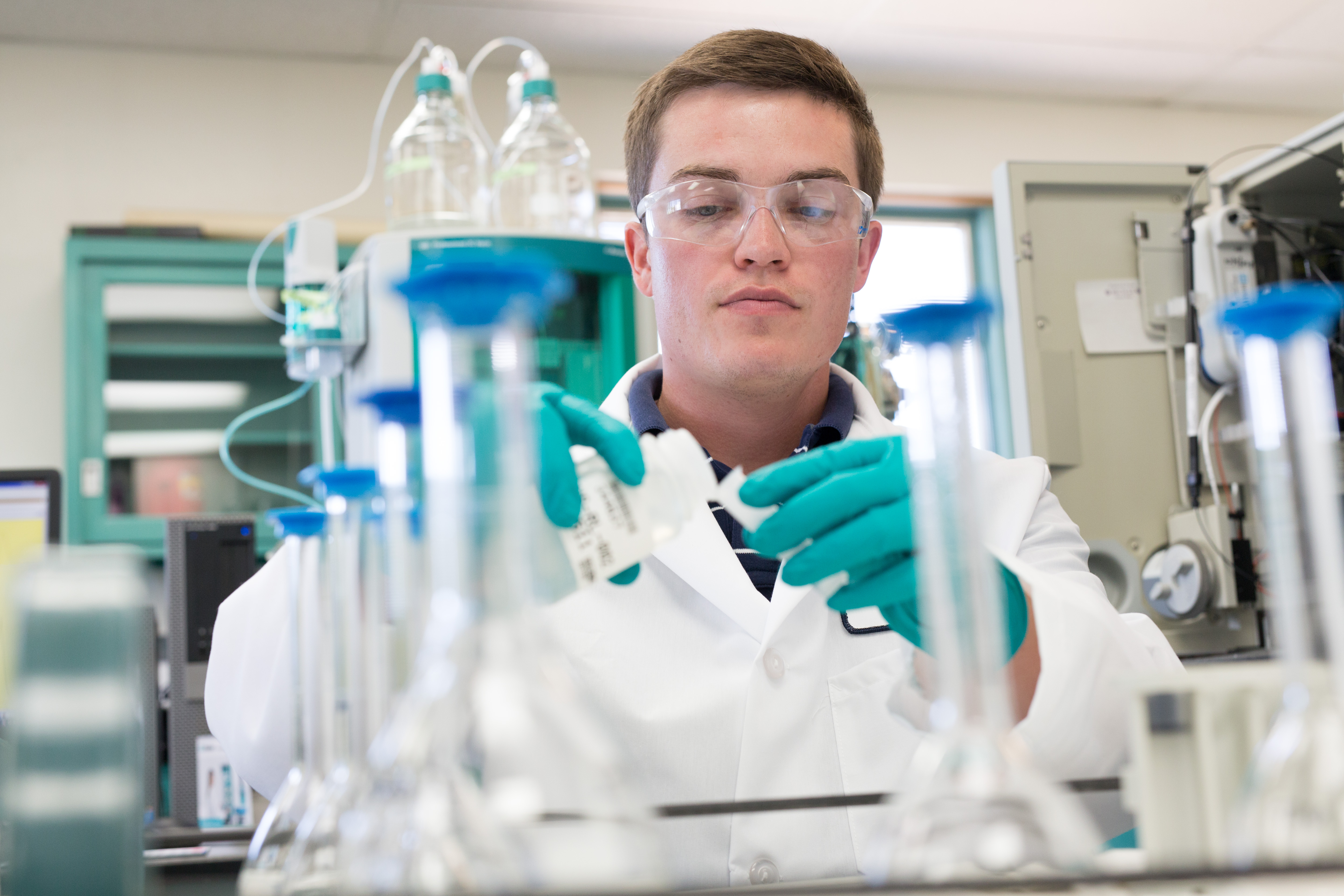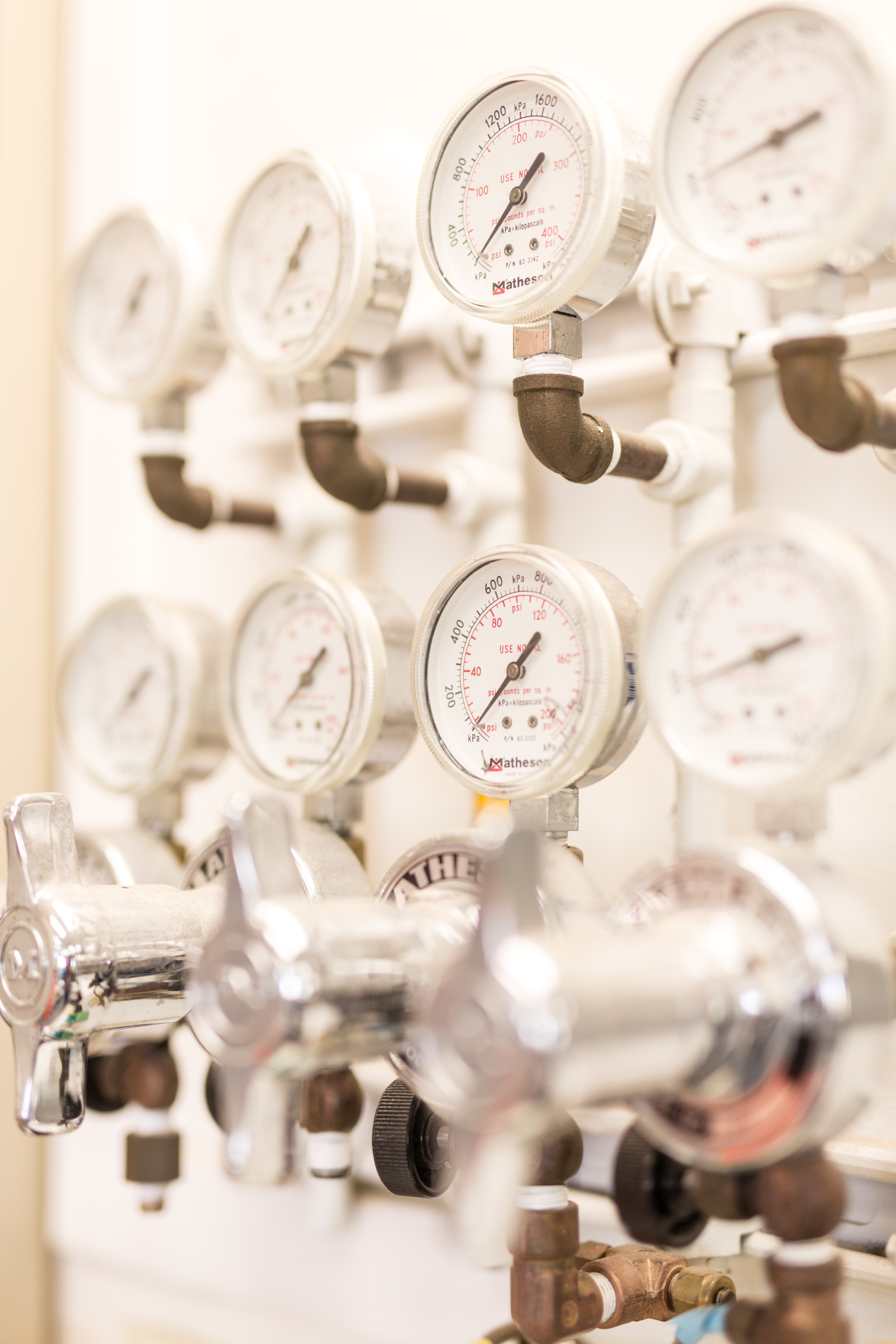
What’s really in your water?
It’s an eye-catching headline in your Facebook feed: Do you know what’s REALLY in your water?
Click through and you’ll see alarming warnings about carcinogens and cancer.
The stories are worrisome and should cause you to pause. After all, that’s the water you clean with, bathe in and give to your children.
But many of those stories, even those that use data directly from utilities’ water quality reports, are misleading and don’t provide adequate context.
“People need to stay informed and make sure they understand what they are reading,” said Nicole Poncelet-Johnson, Denver Water’s director of water quality and treatment. “One of the best ways to do that is to speak directly to your utility and refer to reputable websites for water quality information like the EPA and CDPHE.”
All drinking water, including bottled water, may reasonably be expected to contain at least small amounts of some contaminants. The presence of contaminants does not necessarily indicate that the water poses a health risk.
Technology has improved so rapidly that what was undetectable a generation or two ago is now being measured.
“In the 1970s, we could only detect in parts per million. Now we detect things in parts per billion, trillion and even quadrillion,” Poncelet-Johnson said. “Detection has advanced so much — but now that we can detect it, what does that mean?”
Each year, Denver Water takes more than 35,000 samples and performs nearly 70,000 tests to ensure its water is safe to drink — more than required by federal law. Denver Water’s scientists test for regulated contaminants, such as chloroforms, as well as nonregulated substances, such as hormones and pesticides. They use that data to make sure tap water is as safe as possible — should we manage the watershed differently? Or should we tweak the amount of chemicals used to treat tap water?
“Our approach is to be as informed as we can be, stay ahead of regulations and monitor our water with these types of programs,” Poncelet-Johnson said. Completely eliminating all contaminants would be impossible and most likely unnecessary, she said.
Denver Water also is transparent in what has been detected in its tap water — water quality reports are available online and customers are notified of their availability each year.
Lead, a major concern after the Flint, Michigan, crisis, is a contaminant that Denver Water watches closely. There’s no lead in the water that leaves Denver Water’s treatment facilities and travels through water mains in the city. Still, lead can get into water as it moves through lead-containing household plumbing and service lines, which are the two most common sources of lead in treated drinking water. If you have an older house and are concerned about lead in your drinking water, contact Denver Water for a free test.
Because our water comes from snowmelt, there’s usually no reason to replace tap water with bottled water or filtered water if you’re concerned about contaminants, Poncelet-Johnson said, and she encourages people to call Denver Water if they have any questions about their water quality.
Water utilities are held to strict federal regulations that help ensure tap water is safe to drink. Those regulations are constantly being studied, updated and reviewed by scientists — the same people who go home to drink the water they monitor.


